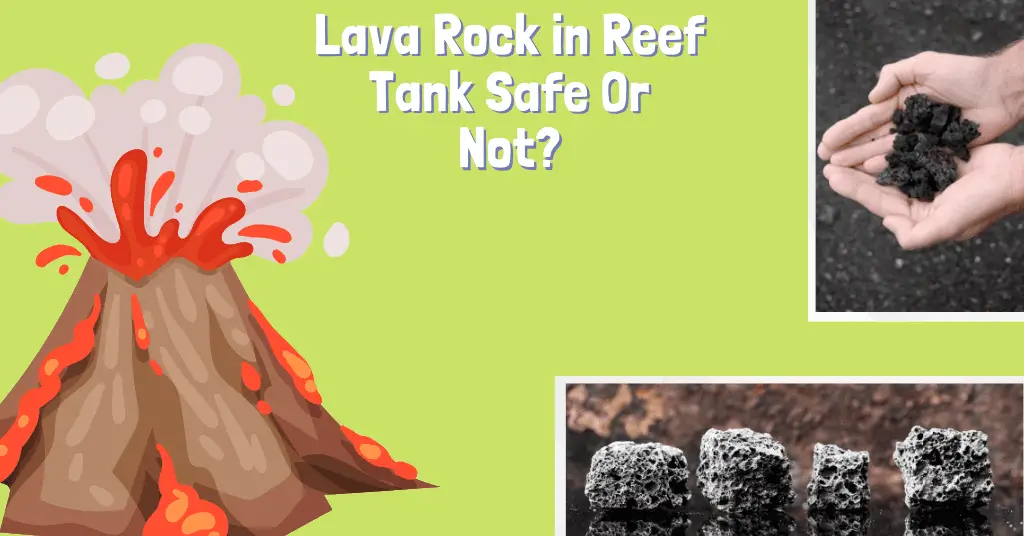Last Updated on July 16, 2021 by cmoarz
The thing about lava rock you need to consider is how varied its composition is going to be. Because of the way lava rock is formed, there could be just about anything in it.
For the most part, though, Real lava rock is perfectly suitable for a saltwater aquarium with reefs. Some reef keepers, however, avoid lava rock altogether because it tends to grow nuisance algae more than the average piece of live rock because of its porous nature.
You should also take into account the silica that may dissolve off the rock itself. If you need a lower level of silica in your aquarium, that it’s important you account for that.
You can test for the amount of silica by submerging the rock into some salt water in a bucket for a couple of days and then continually test for silica levels. If the silica is too high for your aquarium’s chemical balance, consider using coral instead.
Artificial lava rock should be avoided because you never know what it’s actually made of. It’s also going to have various chemicals and paints attached to it that can leech out into the salt aquarium water.
Red lava rock may contain higher levels of iron than black lava rock. If you have iron-sensitive fish or coral in your aquarium, you should consider avoiding red lava rock.
Reef tanks are a rich environment and you need to have the right elements blended together in order for everything to thrive. Sometimes that’s difficult when you’re just starting out, so knowing what other people use makes it easier to visualize what works best and why.
Always remember it’s not always a good idea to add rock, be it lava or anything else to an already established reef aquarium. The best practice is to have all of this setup and cycled before adding fish or coral.
If you do intend to add new rocks to your reef tank, be sure to shut the light off for a few days to avoid blooms while the tank chemistry adjusts to the new addition.
If you get second-hand lava rock or any rock that has been used in someone else’s aquarium, it’s important to cure it in an isolation/quarantine tank for one to two weeks before adding it to your tank.
About
Owner of AquariumGravel.com and also owner of actual Aquarium Gravel believe it or not! ;). Setting up beautiful aquarium sceneries and habitats since I was very young. Enjoy!
- Web |
- More Posts(290)

